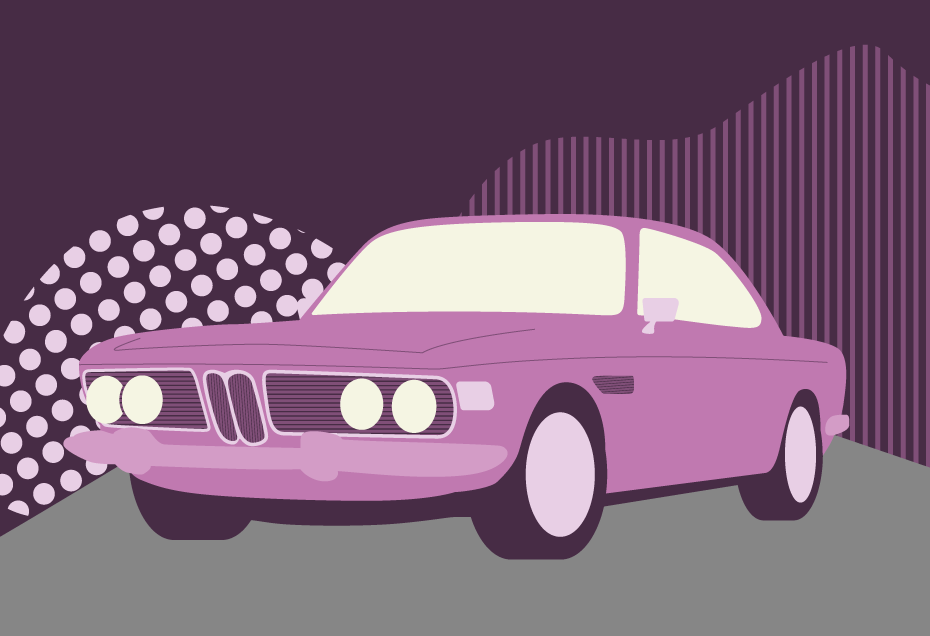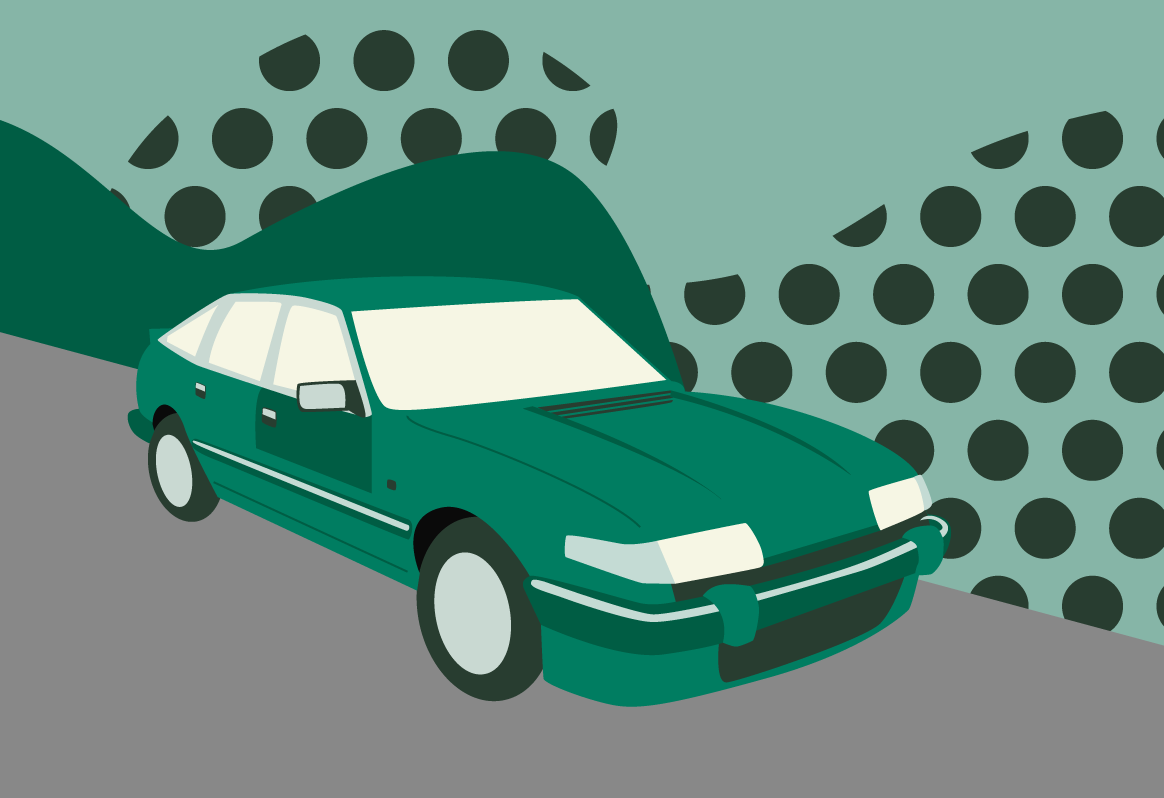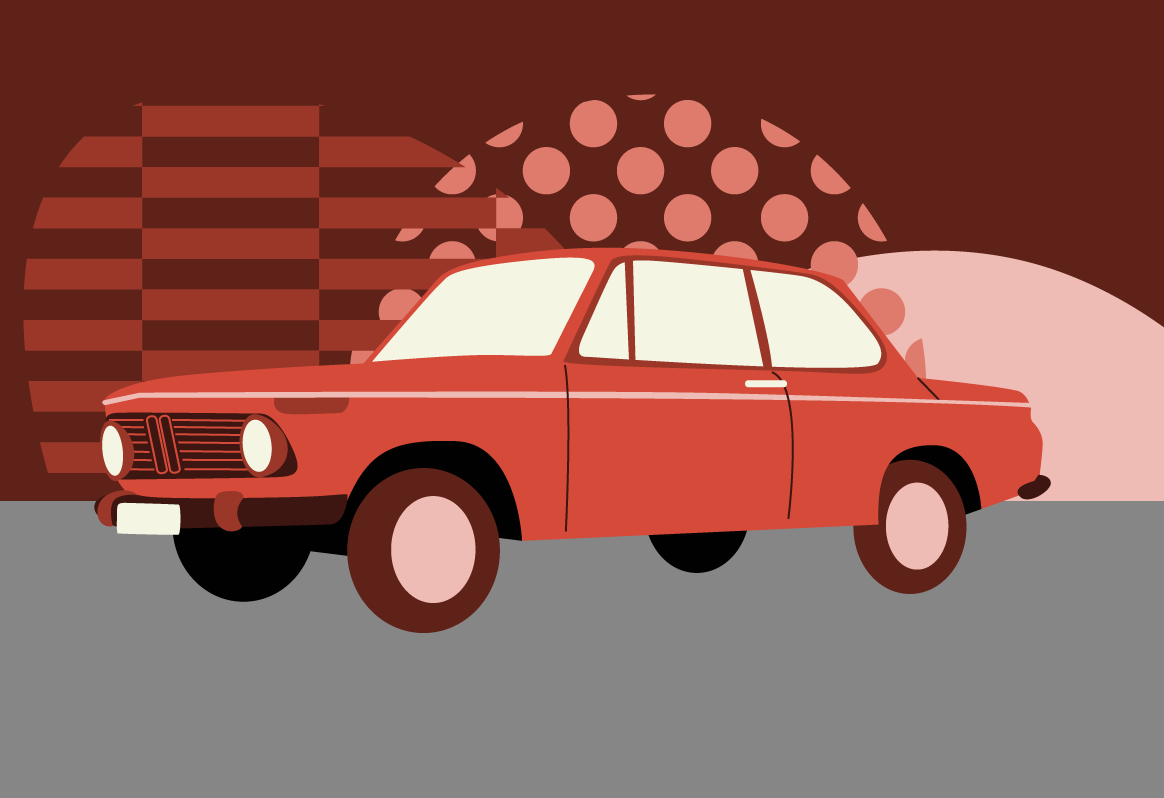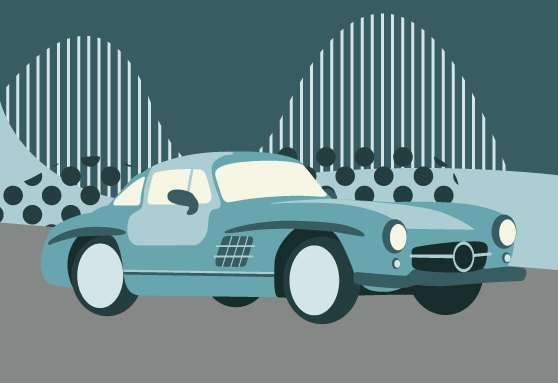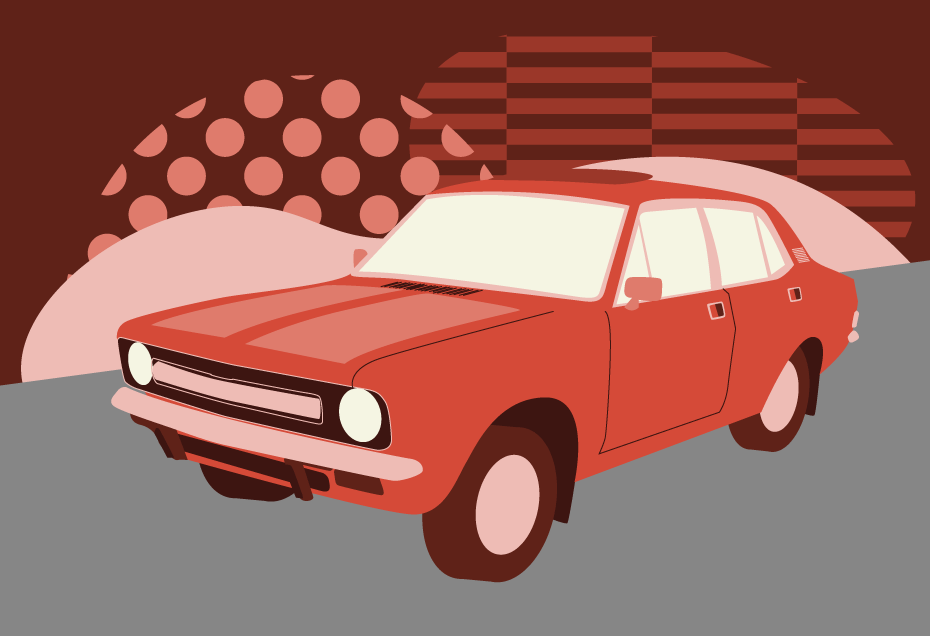BMW’s E9 coupes, which culminated in the legendary 3.0 CSL ‘Batmobile’, helped to establish the Bavarian manufacturer’s cars as the ‘Ultimate Driving Machine’.
A masterpiece of late ‘60s design and engineering, the CS coupes dominated European touring car racing into the late ‘70s, turbo-charging the success of BMW’s Motorsport division.
We look at the history of the car that helped BMW move out of the shadow of Mercedes-Benz.
Life hadn’t been easy for BMW in the post-war years.
Its expensive luxury cars of the 1950s sold poorly and contributed to deep financial problems and a threatened takeover by Daimler-Benz, only averted by Herbert Quandt’s dramatic rescue of the company.
The Michelotti-designed 700 gave BMW some breathing space, but it was the Neue Klasse (New Class) compact executive saloons launched in 1962 that secured the company’s future.

From 1965, the New Class coupe range was introduced, comprising the 2000 C and 2000 CS, which effectively replaced the 3200 CS, the last car based on the old 1951 platform of the 501.
Lower and slightly longer than the saloons, the coupes sat at the top of BMW’s range and featured an experimental front end, its twin headlights behind a glass fairing and a painted front section only broken up by the kidney grille.
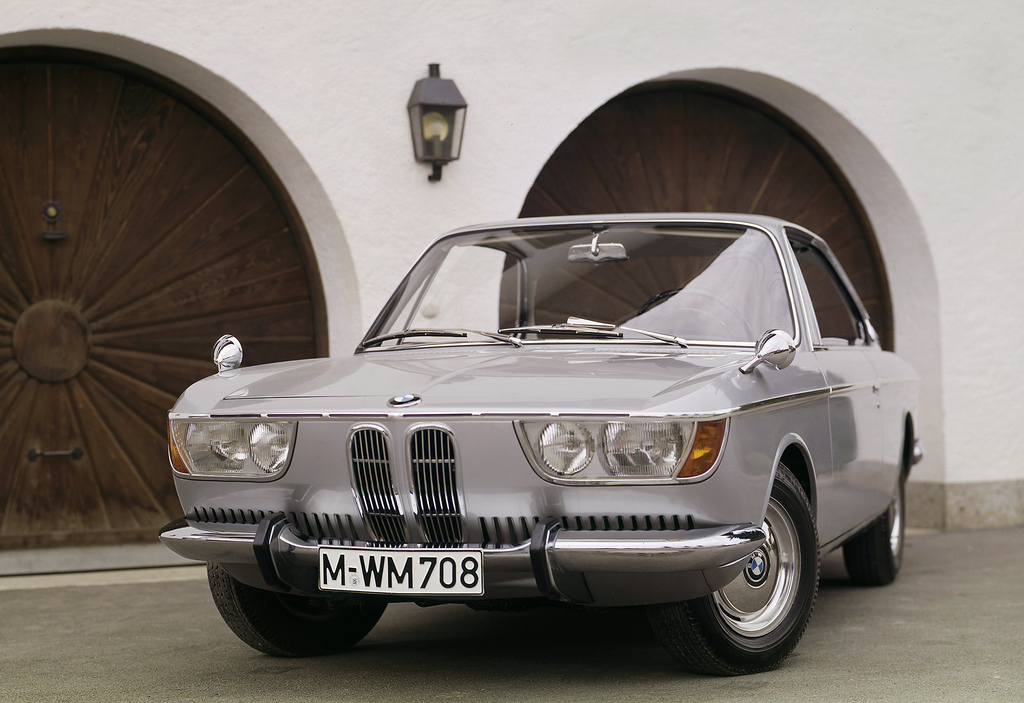
This look didn’t win universal approval…
The BMW New Six
Soon after the New Class cars went on sale, thoughts turned to producing a larger version to compete with Mercedes-Benz, which was increasingly dominating the full-size luxury saloon market.
Power was to be provided by the new M30 straight-6 engine, scaled up versions of the four-cylinder M10 units from the New Class but with added mechanical refinements.
Dubbed the New Six, the E3 saloons debuted in 1968, sharing their smaller siblings’ road manners and driveability.
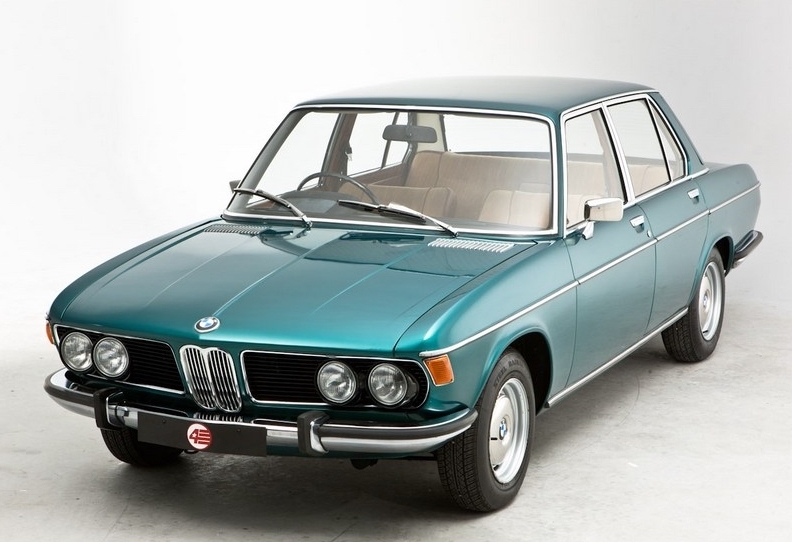
The styling – with twin headlights set into the grille – would set the tone for decades of BMWs, while Road & Track (R&T) magazine described them as “superb” and “one of the world’s best buys”.
But BMW had other plans for the M30 engine – a new range of coupes to upgrade the New Class 2000 CS, which was considered by most to be underpowered for its extravagant looks and sporting intention.
Arrival of the E9 coupes
Like the 2000 CS, its successor was built by Karmann, a company best-known at the time for VW Beetle convertibles and the Karmann Ghia.
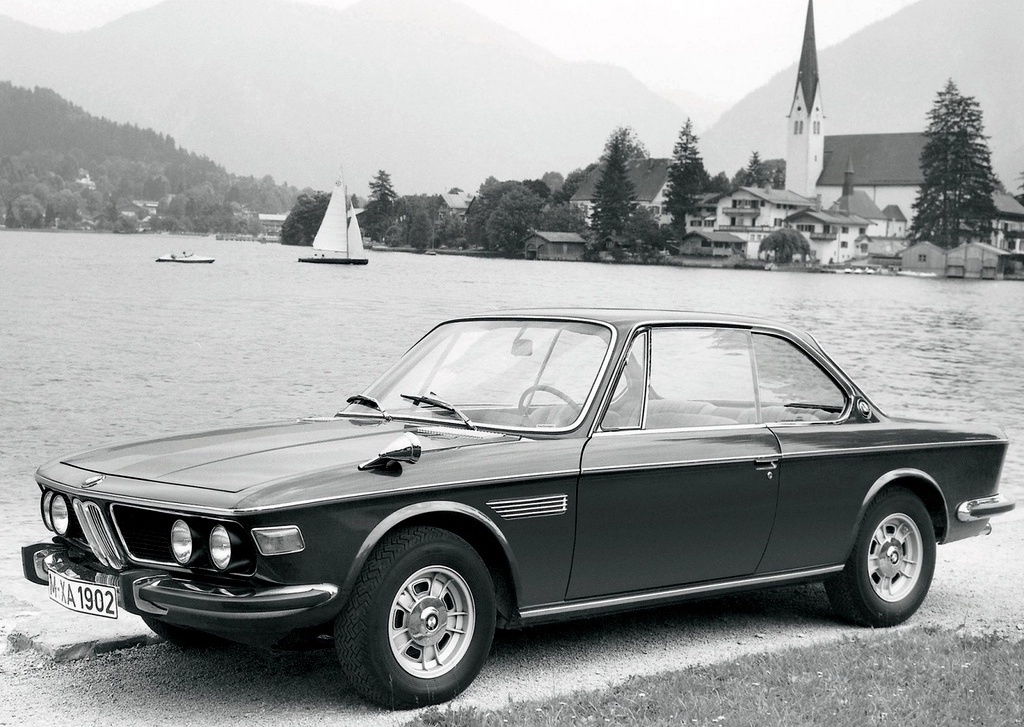
The existing coupe’s body was stretched by 3in ahead of the windscreen to accommodate the larger engine, while a redesigned nose got rid of the awkward headlight arrangement for a more aggressive appearance.
Larger tyres and, consequently, larger wheel arches, also added to a more purposeful looking car, while vast glass areas gave impressive visibility.
It all added up to a promising package, and it didn’t disappoint when the 2800 CS, producing a healthy 168bhp, was launched in 1968.
The well-proportioned, handsome design was backed up by an engine R&T described as “without a doubt the most efficient and sophisticated inline six in the world”.
Adrian Flux Classic Car Insurance
Performance was brisk rather than earth-shattering, 60mph reached in 9.3 seconds with a top speed of 126mph, but the driving experience was something else.
R&T wrote that “the BMW is a far more stable, balanced, totally usable car than any other we can think of”, while Car and Driver described “excellence, competence and a car that’s near impossible to match anywhere in the automotive world”.
More power with the 3.0 CS
After three years in production, the 2800 CS was replaced by the 3.0 CS, an improved version of the same car with an engine bored out to 2986cc and fed by twin Zenith carbs.
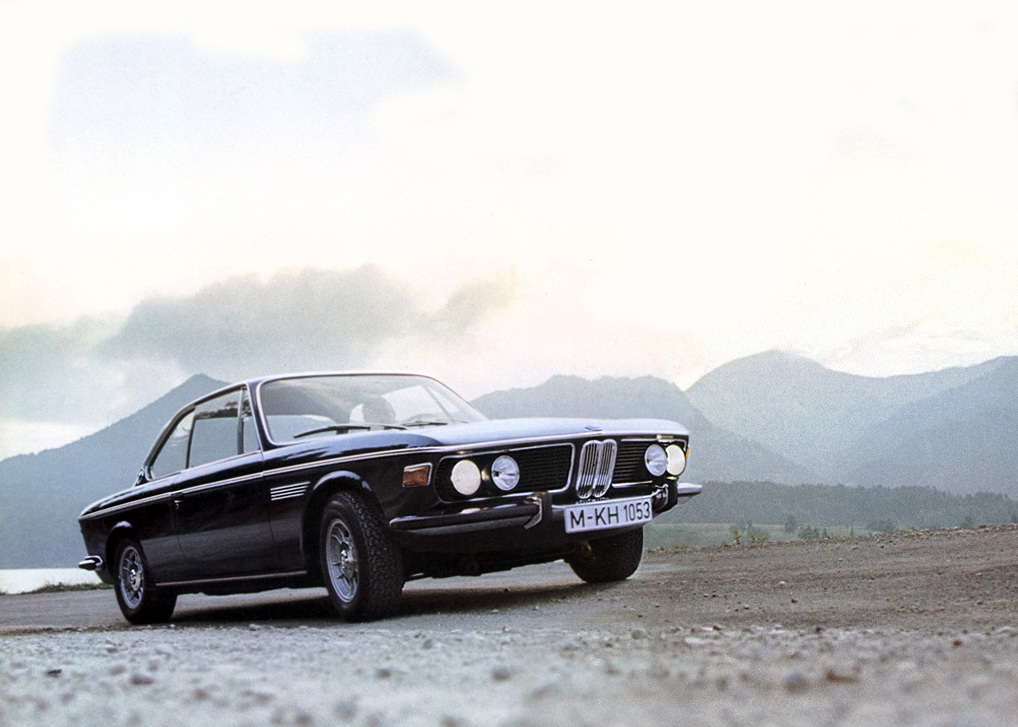
Power was up to 180bhp, enough to cut the 0-60mph time to 8.7 seconds on its way to a higher top speed of 132mph.
CAR magazine described the engine as “probably the best unit of its capacity on the market today”.
“It can be thrashed through the gears unmercifully without losing its tune and is always ready for more.”
The E9 was now a fully grown up Grand Tourer, with ventilated disc brakes all round, and R&T magazine was moved to declare that it “comes perfects closer than any other to being a perfect all-round car”.
“It’s handsome, stable, fast, comfortable, richly appointed, responsive, well-built and entertaining to drive.”
More was to come, of course. Plenty more. The first step was the Bosch fuel-injected 3.0 CSi, which pushed output up to 200bhp at 6000rpm.
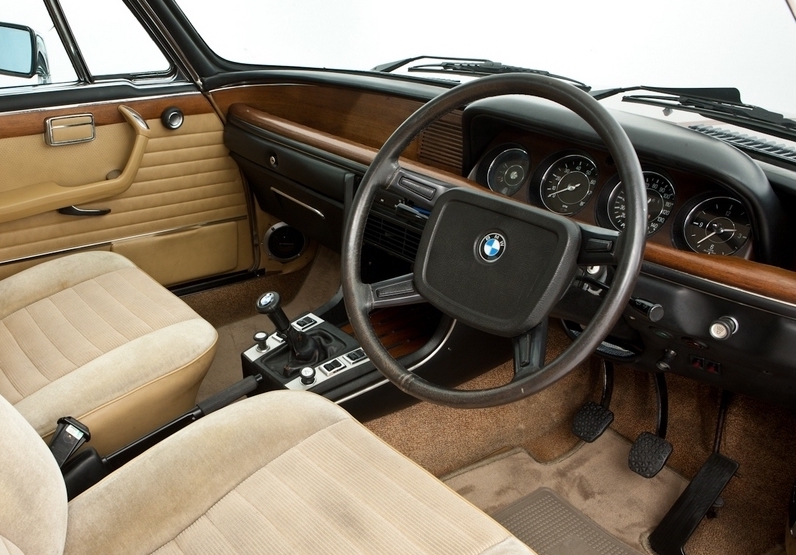
More than a second was slashed off the 60mph sprint, down to 7.5 seconds, while top speed was now up to 139mph.
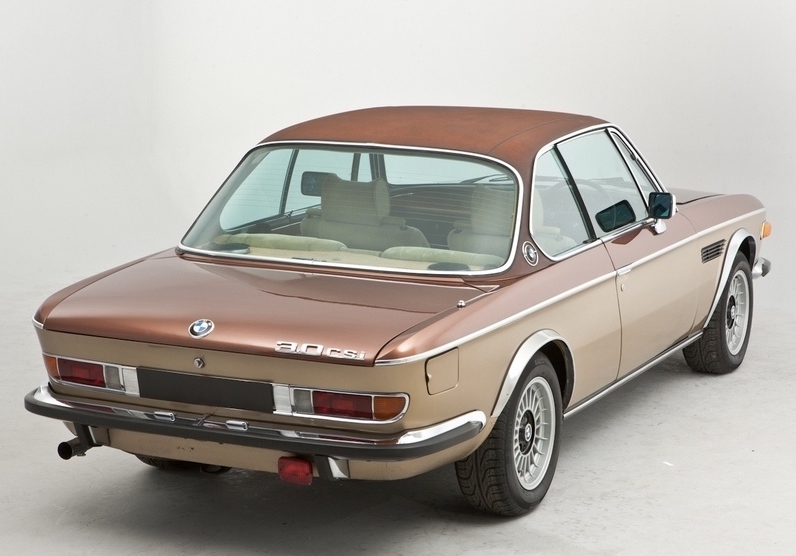
These cars formed the basis of the 3.0 CSL, unleashed on the world in 1972.
Developing the 3.0 CSL
To understand the CSL, we need to take a few steps back, to the then-small tuning company Alpina’s work on the 2800 CS, and the subsequent formation of BMW Motorsport GmBH.
Alpina, which had produced racy versions of the 2002 series cars, got to work on the 2800 CS soon after it was launched, boosting output to 250bhp.
The company sent it out on to Europe’s racetracks in 1969, finishing ninth overall in the Spa 24-hour race, and winning it outright the following year at a time when the BMW factory had stepped back from motorsport competition.
There were other good performances, from the Schnitzer-prepared cars as well as Alpina, but the latter’s founder Burkard Bovensiepen knew there was a problem: weight.
Indeed, after a win in the 300-km race on the Nürburgring in 1970, Bovensiepen declared his car the “heavyweight champion”.
Overall, the 2800 CS was some way off the pace of the 300kg lighter Group 2 Ford Capri RS, and it needed to slim down to consistently succeed.
He wrote to BMW head of development Bernhard Osswald in May 1970, outlining a radical concept for a lightweight coupé, shedding up to 130kg and increasing engine capacity to 3-litres.
Just five months later, Munich gave Alpina the go ahead to develop a lightweight version of the forthcoming 3.0 CS, and work on the CSL (the L for leicht, or light) began.
Like our illustration of the BMW E9 CS coupes: birth of the ultimate driving machine at the beginning of the article?
Download a free high-quality poster version here.
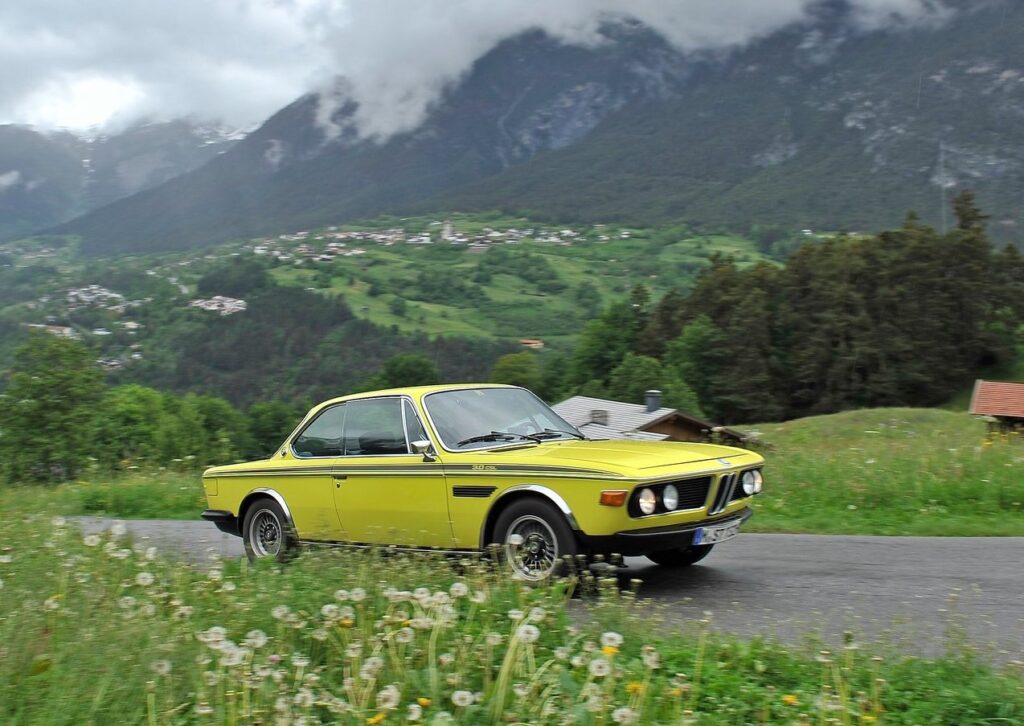
In the end, engineers trimmed 215kg from the total weight, which pushed the CSL into a new performance class even without the engine upgrade.
Aluminium was used for the doors, boot and bonnet, with thinner gauge steel for the other panels, while the front bumper was dispensed with entirely.
Side windows were perspex, the front and rear screens used thinner glass, and even the rust-proofing was scraped away.
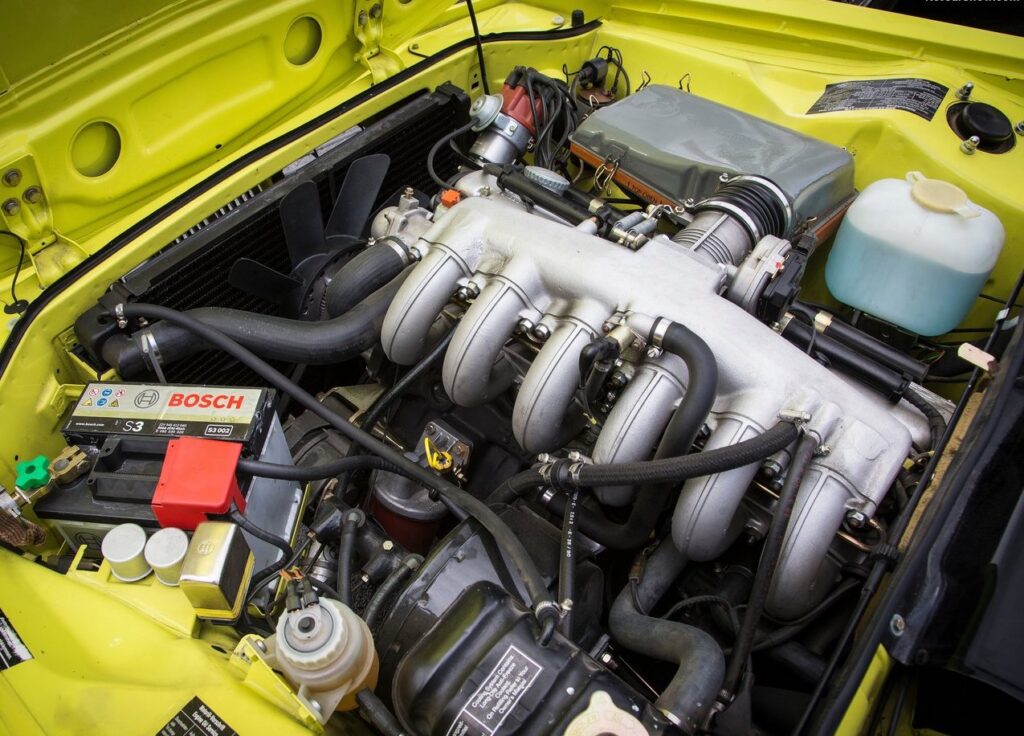
While the top speed was no better than the 3.0 CS, the original CSL could hit 60mph in 7.2 seconds, the quickest coupe yet.
First shown at Geneva in 1971, just 169 road cars were sold with the 3-litre, twin carb engine, some of which were bought by Alpina, Schnitzer and other privateer teams to convert into racers.
Birth of the CSL ‘Batmobile’
While all this was going on, BMW was gearing up to launch its Motorsport division, to be headed by Jochen Neerpasch, the architect of the Ford Capri’s track domination.
In 1972 the blue oval won 13 of 16 European Touring Car (ETC) races, still competing against the privateer 2800 CSs. But all that was about to change.
First, BMW’s new M-sport team gave the CSL the fuel-injected engine from the CSi, bored out slightly to 3003cc to quality for the over 3-litre class.
Five hundred right hand drive examples were shipped to the UK as part of the homologation sales process, but they weren’t especially leicht.
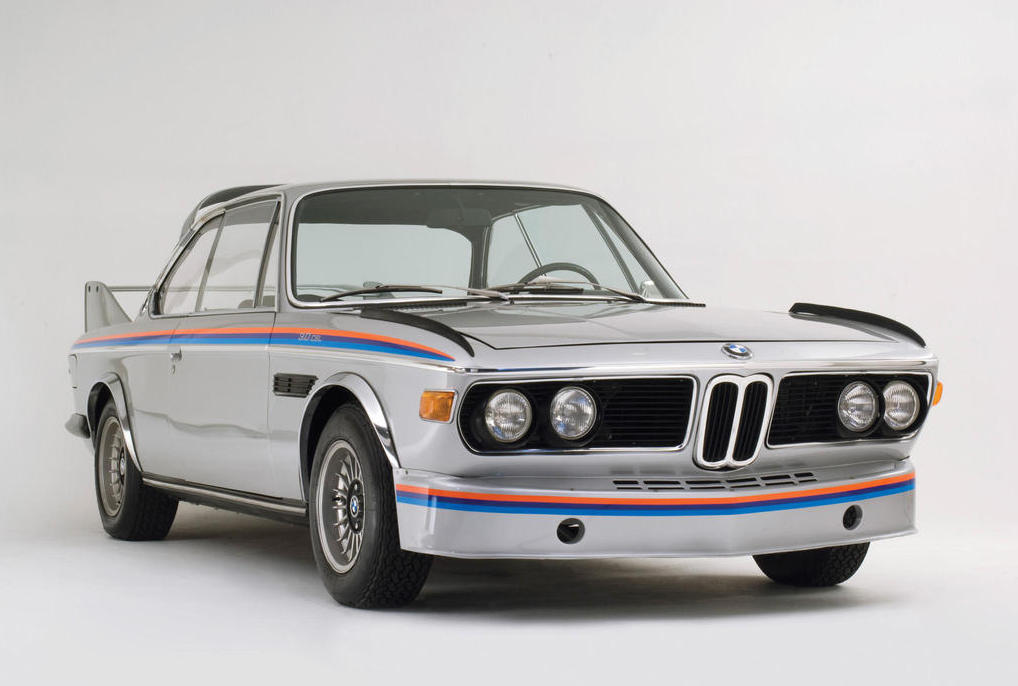
The UK importer believed customers would still want some of the comforts that added weight to the race version, so most were equipped with electric windows, power steering, sound-proofing, standard bumpers, and glass instead of perspex.
And then things got serious – enter phase three of the CSL project, the so-called ‘Batmobile’. Another increase in capacity, initially to 3153cc, was far less interesting than what happened on the outside of the car – a spectacular aero package designed with help from Alpina that gave the car its nickname.
A large and deep front spoiler was joined by a full-width roof deflector to help airflow over the rear screen, a large boot-mounted aerofoil, and full length M-sport racing stripes.
Motor-racing legend
None of this was just for show (well, maybe the stripes) as the new aero package vastly improved the CSL’s high-speed handling.
The only snag was that the bolt-on spoilers hadn’t been type-approved for road use in Germany, and were thus, strictly speaking, illegal.
BMW got round this problem for homologation purposes by selling the road cars with the spoilers in the boot for self assembly. It was up to you whether or not you put them on.
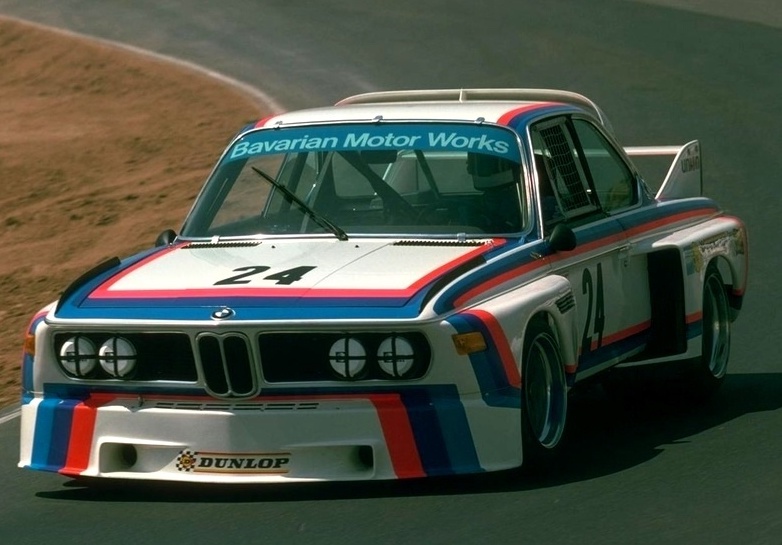
So equipped, the ‘Batmobile’ left rivals in its wake, dominating the 1973 ETC championship, with Toine Hezemans winning the driver’s title and ensuring a BMW constructors title win too.
These were the days when F1 drivers also competed in touring cars, and Nikki Lauda won the 24-hour race at the Nurburgring in an Alpina CSL in orange Jägermeister livery.
There was also a class win for BMW Motorsport in the ‘73 24 Hours of Le Mans with Hezemans and Dieter Quester at the wheel.
Ford reclaimed the ETC crown in 1974, but the CSL – now sometimes with a 3.5-litre M52 engine producing 480bhp in race form – cleaned up every year from 1975 to 1979, long after it was out of production.
In the US, there were race wins in the IMSA GT Championship for Sam Posey, Brian Redman and Ronnie Peterson, as well as three race wins for the 3.5-litre Group 5 car in the 1976 World Championship for Makes won overall by the Porsche 935.
The CSL did more than any other car to put BMW back at the top of motorsport after a lull since its pre-war 328 roadster carried all before it.
E9 production and legacy
BMW manufactured 30,546 E9 coupes between 1968 and 1975, of which only 1,265 were CSLs, including 167 road-going ‘Batmobiles’.
The OPEC oil embargo of 1973 to 1974 impacted sales of such cars, with BMW responding with the more economical 2.5 CS in 1974, but only about 850 of these were made.
The E9 coupes were always expensive, and in 1973 a CSL would set you back £6,899, not much less than the price of an Aston Martin DB5.
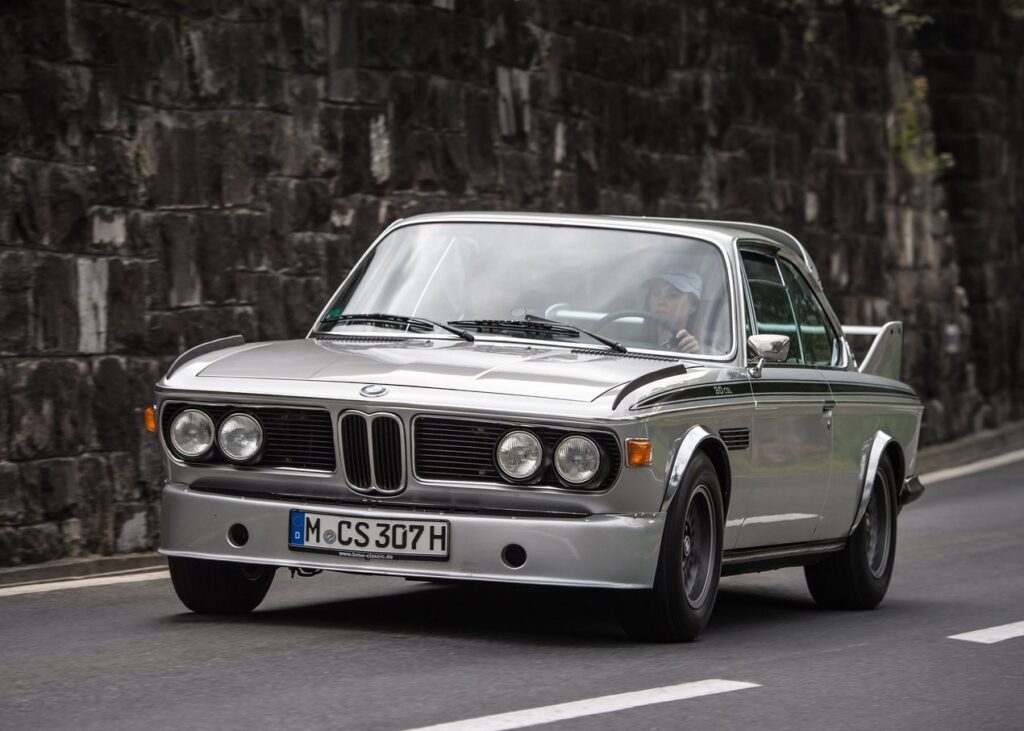
These days, a good one will set you back somewhere between £120,000 and £180,000.
Clearly, you never saw that many on the roads, and you’ll see even fewer today, but without these cars the chances are there would have been no M-series BMWs.
It even inspired a concept car in 2015, the 3.0 CSL Hommage, reimagining the ‘Batmobile’ for the 21st century, powered by a 3-litre twin-turbo straight six pushing out 500bhp.
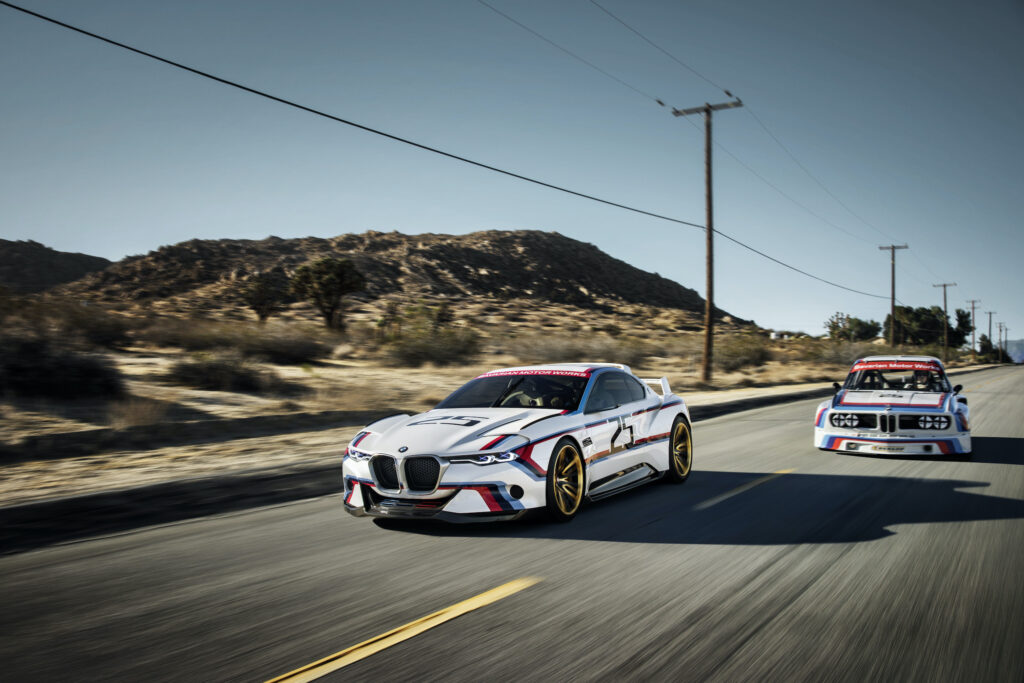
Sadly, it never made it into production.


